Description
rhinoplasty
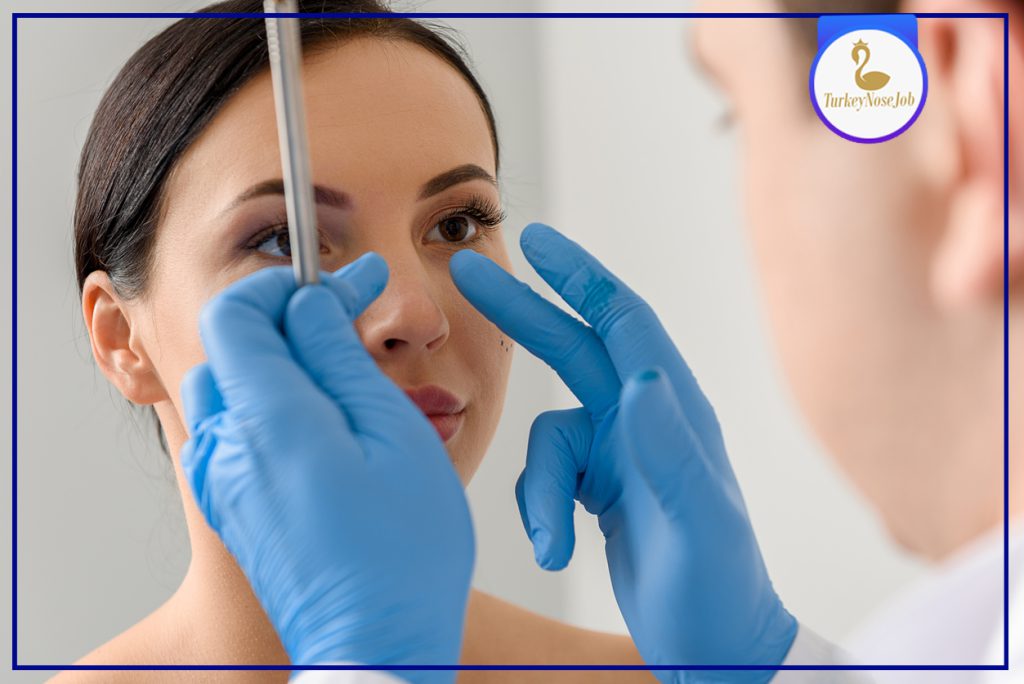
Focus on doctor hands showing where correct nose of calm woman. She watching at therapeutic
How much nose reshaping costs
The cost of nose reshaping in TURKEY NOSEJOB ranges from £2200 to £2600. You should also factor in the cost of any consultations, further surgery or follow-up care you may need.What to think about before you have nose reshaping
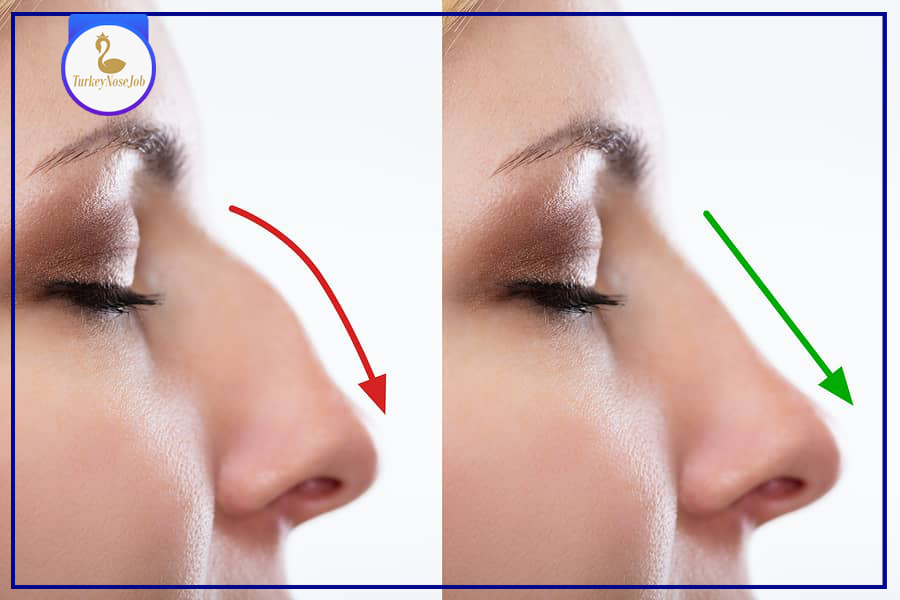 Nose reshaping is a complex operation. The results cannot be guaranteed, there are risks to consider, and it can be expensive. Before you go ahead, be sure about why you want nose reshaping. Speak to your GP first and take time to think about your decision. Read more about deciding whether cosmetic surgery is right for you.
Nose reshaping is a complex operation. The results cannot be guaranteed, there are risks to consider, and it can be expensive. Before you go ahead, be sure about why you want nose reshaping. Speak to your GP first and take time to think about your decision. Read more about deciding whether cosmetic surgery is right for you.
Choosing a surgeon
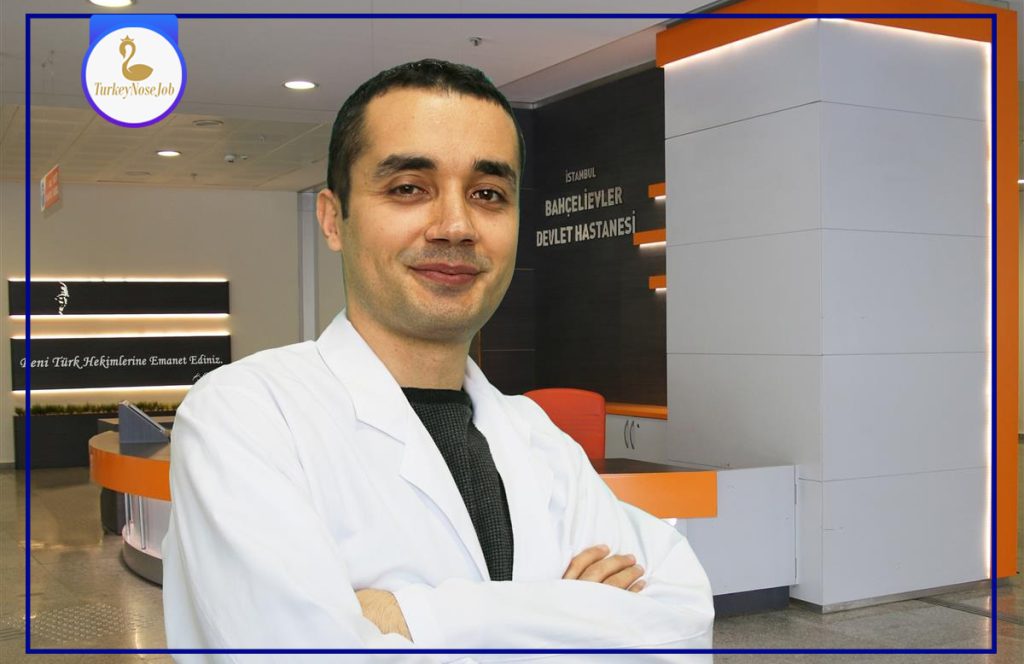
Rhinoplasty Surgeon Dr. Ali Alper
If you’re having nose reshaping in TURKEY check with the Care Quality Commission (CQC). All independent clinics and hospitals that provide cosmetic surgery in England must be registered with the CQC. Be careful when searching the internet to look for doctors and clinics who provide nose reshaping. Some clinics may pay to advertise their services on search listings. Check the surgeon is registered with the General Medical Council (GMC). They should be listed on the specialist register and have a licence to practise. Also, check the British Association of Plastic Reconstruction and Aesthetic Surgeons (BAPRAS) or the British Association of Aesthetic Plastic Surgeons (BAAPS) to see if the surgeon is a “full member” on the specialist register for plastic surgery. Book an appointment with the surgeon before the procedure. Ask your surgeon:- about their qualifications and experience
- how many nose reshaping operations they’ve performed
- how many operations they’ve performed where there have been complications
- what sort of follow-up you should expect if things go wrong
- what their patient satisfaction rates are
What nose reshaping involves
 Nose reshaping is usually carried out under general anaesthetic. Depending on the type of surgery you’re having, the surgeon may:
Nose reshaping is usually carried out under general anaesthetic. Depending on the type of surgery you’re having, the surgeon may:
- make your nose smaller (nose reduction) – by removing some of the cartilage and bone
- make your nose larger (nose augmentation) – by taking cartilage from the ears and bone from the hips, elbow or skull, and using it to build up the nose (known as a “graft”)
- change the shape of your nose (including the nostrils) – by breaking the nose bone and rearranging the cartilage
- change the angle between the nose and top lip
Recovery
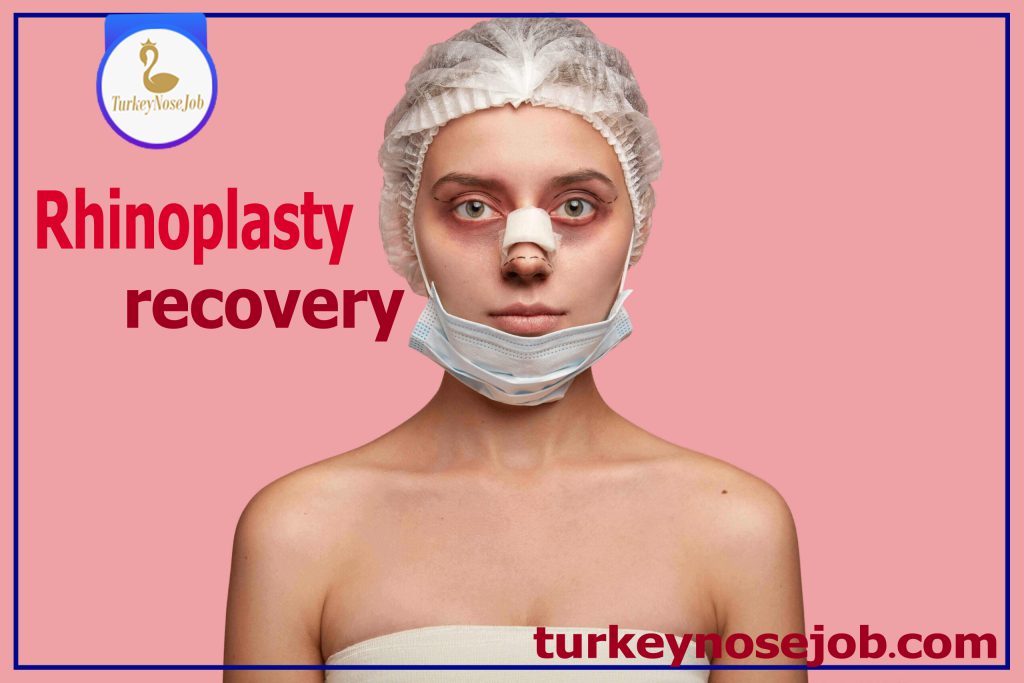
Shot of serious woman wears medical hat and mask, has rhinoplasty, preapres for blepharoplasty, has bruises around eyes, looks seriously at camera, poses against pink background. Beauty treatments
- prop your head up with pillows for a couple of days when resting to reduce the swelling
- avoid hot baths and getting the splint wet
- avoid blowing your nose or removing any crusts until your appointment to have the splint removed
- sneeze through your mouth to avoid pressure on your nose
- avoid dusty or smoky places
- avoid strenuous exercise or contact sports for 4 to 6 weeks
Side effects
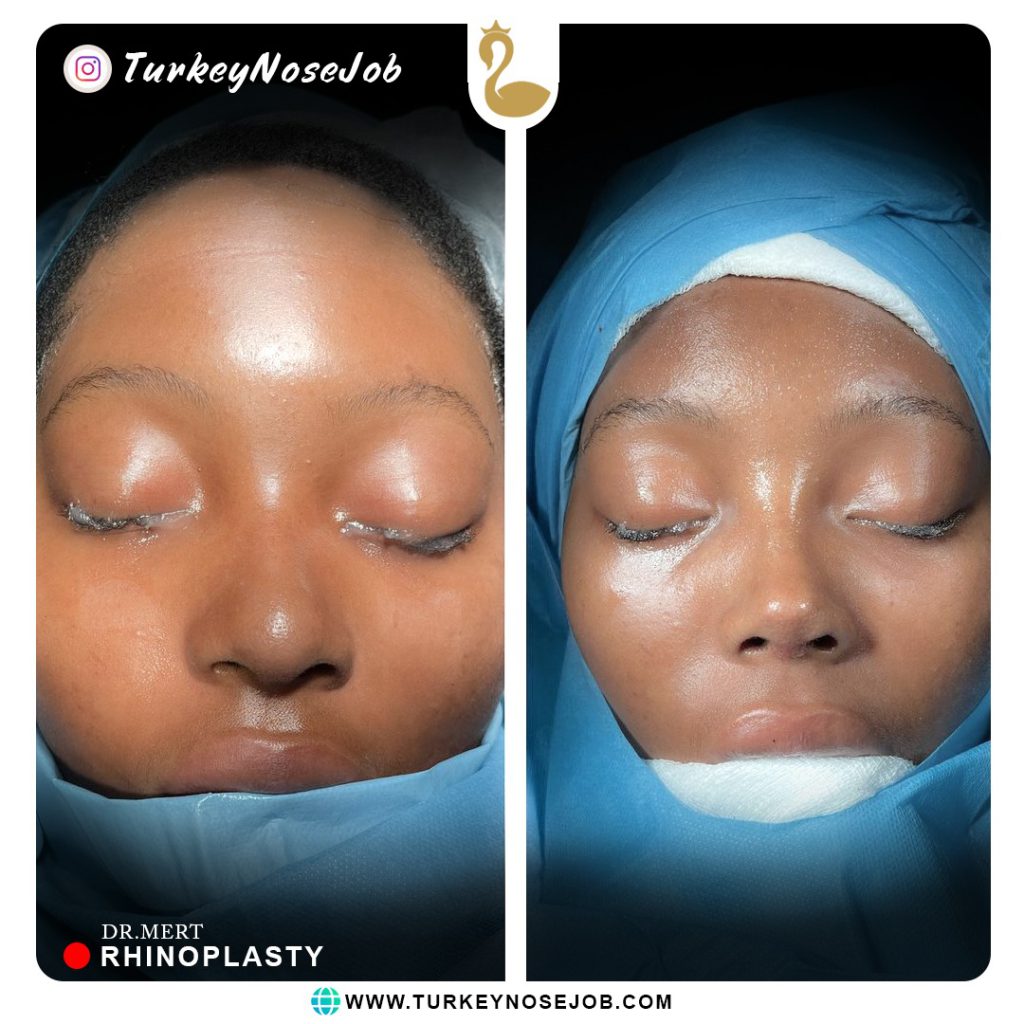
Rhinoplasty by Dr. Mert
It’s common after nose reshaping to have:- a blocked nose – you’ll need to breathe through your mouth for a week or so
- a stiff and numb nose
- soreness, swelling and bruising around the eyes, which can last 3 weeks
- light nosebleeds for the first few days
What could go wrong
 Nose reshaping surgery can occasionally result in:
Nose reshaping surgery can occasionally result in:
- permanent breathing difficulty
- damage to the cartilage wall between your nostrils
- an altered sense of smell
- heavy nosebleeds
- excessive bleeding
- a blood clot in a vein
- infection
- an allergic reaction to the anaesthetic
What to do if you have problems
Cosmetic surgery can sometimes go wrong and the results may not be what you expected. Contact the clinic where you had the operation as soon as possible if you have severe pain or any unexpected symptoms. If you’re not happy with the results of your operation, or you think it was not carried out properly, speak to your surgeon at the hospital or clinic where you were treated. You can contact the Care Quality Commission (CQC) if you have concerns about your care. If necessary, you can make a complaint about a doctor to the General Medical Council (GMC). The Royal College of Surgeons also has more information and advice about what to do if things go wrong. Dr Alper’s operation types:- Primary Rhinoplasty
- Revision Rhinoplasty
- Jaw implants
- Filler injections
Rhinoplasty FAQs
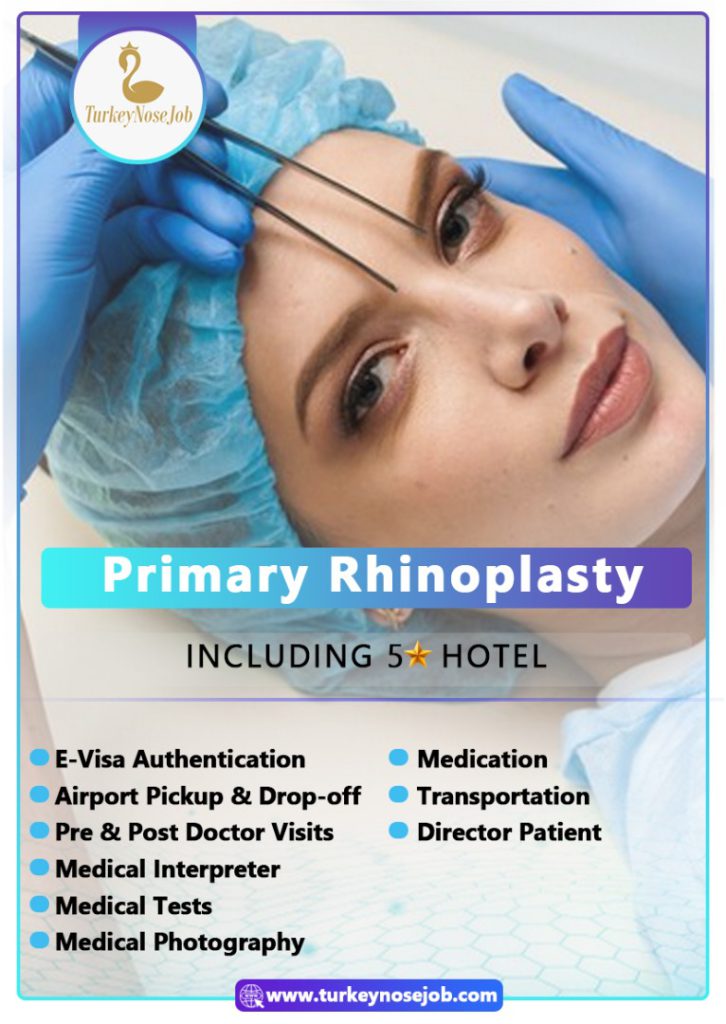
Rhinoplasty, or nose surgery, is one of the most common plastic surgery procedures performed. During a rhinoplasty, the surgeon is able to reshape, reduce or augment a patient’s nose to improve appearance.
A rhinoplasty may be performed as a reconstructive procedure to correct a birth defect, a repair surgery to remedy an injury like a broken nose, or simply for cosmetic reasons. Sometimes the procedure is performed in conjunction with endoscopic sinus surgery for patients with ongoing sinusitis or with a septoplasty, a procedure to correct a deviated septum. In these cases, the operation effectively treats health and breathing problems, as well as improving the patient’s appearance.
What are the benefits of a rhinoplasty?

Rhinoplasty by Dr. UFUK
Rhinoplasty has several specific goals. Some facilitate breathing as well as improve facial appearance. During a rhinoplasty, the surgeon may make your appearance more pleasing to you by:
- Removing a hump on your nose
- Modifying the bridge of your nose
- Reshaping the tip of your nose
- Reshaping or resizing your nostrils
- Repairing your nose after an injury
- Increasing or decreasing the size of your nose
Are you a good candidate for a rhinoplasty?
In order to be a candidate for a rhinoplasty procedure you must meet the following criteria:
- Be at least 13 years old so that facial growth is complete
- Be in overall good health
- Not be a smoker
- Have realistic expectations about the outcome of the surgery
How is a rhinoplasty performed?

Rhinoplasty by Dr. Alper
Rhinoplasty is usually an outpatient procedure performed under IV sedation or general anesthesia. It usually takes fromently lifts the soft tissues covering the nose. The surgeon sculpts the bone and cartilage to the desired shape. Any additional cartilage needed to augment the nose can often be taken from the septum. If the patient has a deviated septum, the surgeon will adjust the septum and the inner structures of the nose to improve breathing. Then the tissues are re-draped and stitched closed. If the patient desires nostril reshaping, this is done as the final stage of rhinoplasty.
1 to 2 hours to complete. Surgeons use one of two techniques when performing nose surgery. In a closed rhinoplasty, incisions are made within the nostrils. In an open rhinoplasty, the incision is made across the columella, the tissue between the nostrils.
With both methods, the surgeon?What is the recovery from a rhinoplasty like?
Immediately after surgery, your nose and eyes are usually bruised and swollen. Splints and some packing material will remain inside your nose for a few days. During this period, you may experience some nasal pain or a dull headache, as well as some bleeding and drainage from your nose. Most patients are comfortable enough to return to regular activities in about a week. Contact lenses can be worn immediately after the procedure, but glasses may need to be taped to your forehead or propped on your cheeks for up to seven weeks.
Are there any restrictions in the weeks following a rhinoplasty?
While you will be able to resume normal activities about a week after surgery, you will have to protect your nose while it heals by observing the following directives during the post-operative period:
- Avoid strenuous activities
- Take baths instead of showers
- Avoid blowing your nose
- Avoid constipation
- Avoid making exaggerated facial expressions
- Brush your teeth gently
- Avoid pulling clothing over your head
- Use sunscreen of SPF 30 or higher
- Limit dietary sodium
- Do not use ice packs
Are most patients pleased with the results of a rhinoplasty?
Patients with realistic goals for rhinoplasty are generally very happy with the new shape of their nose. The exact results depend on your nasal bone and cartilage structure, your facial shape, the thickness of your skin and your age. While you will look and feel fine within a week or two, you may have minimal swelling for as long as a year after the rhinoplasty procedure. Although your appearance may not be absolutely optimal until a year has passed, you will more than likely be extremely pleased with the results of your nose surgery soon after the procedure.
What are the possible risks of rhinoplasty?
Complications arising from a rhinoplasty are rare and, when they do occur, usually minor. These may include infection, nosebleed, or a reaction to the anesthesia. Some few patients may experience recurring nosebleed or numbness in or around the nose. On rare occasions, the nasal septum may be perforated, but this can be repaired. In general, a rhinoplasty is considered a very safe surgical procedure.
Will insurance cover your rhinoplasty?
Insurance may cover the cost of your rhinoplasty if the surgery is being done as a reconstructive or medically necessary procedure. If you are having a rhinoplasty for purely cosmetic reasons, insurance will not cover the cost.
What is revision rhinoplasty?
Revision, or secondary, rhinoplasty corrects deformities caused by a previous operation on the nose. It is a more difficult procedure to perform than primary rhinoplasty because there is less cartilage to work with and there may be scarring or tissue contracture. When performed by a highly skilled plastic surgeon, however, a revision rhinoplasty can improve both the appearance and the function of the nose.

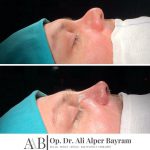
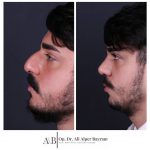
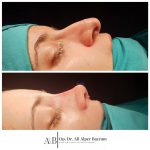
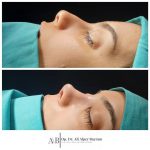
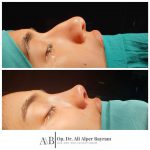
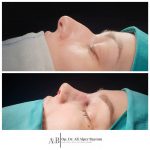
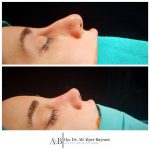
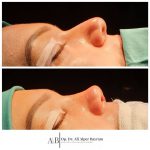
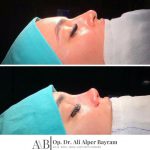
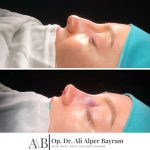
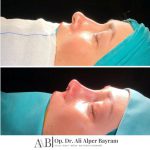
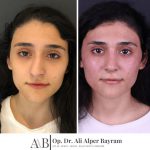
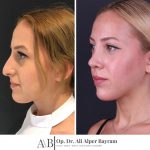
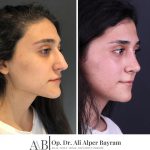
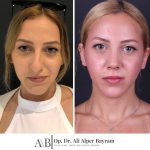

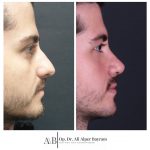
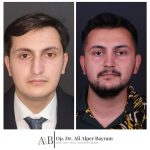
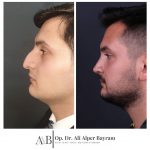
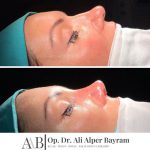
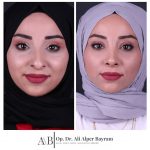
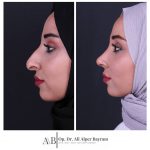
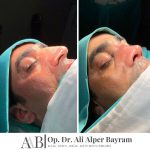
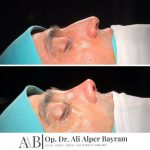
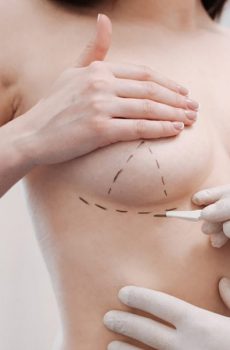
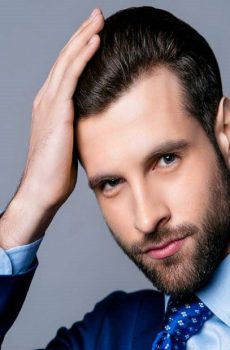
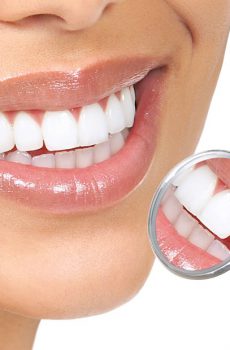
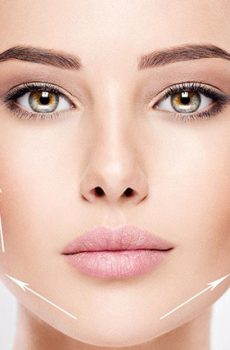
Reviews
There are no reviews yet.